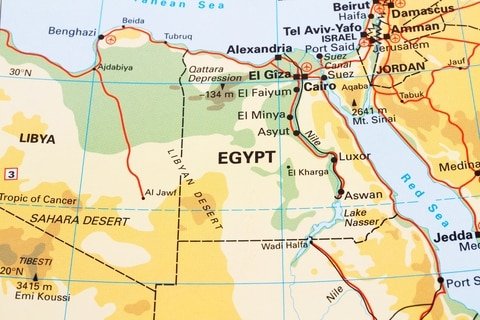The Sinai Campaign of 1956 had a different meaning for the three countries involved in the military operation – Israel, France, and Great Britain. The State of Israel needed to end incursions into Israel by terrorists and remove the Egyptian blockade of the Straits of Tiran, a narrow passage that links the Port of Eilat in Southern Israel to the Red Sea. At the same time, Egypt blocked Israeli ships from passing through the Suez Canal, thus violating the terms of the Egyptian-Israeli Armistice agreement. These actions caused severe damage to Israel’s trade with the Far East and Africa.
Problems began in July 1956 when British and French interests were threatened by the nationalization of the Suez Canal by Gamal Abdel Nasser, the President of Egypt. This action was a surprise to the world, particularly to the Suez Canal Company owners and stockholders, most of whom were British and French.
After all diplomatic means to resolve the situation failed, Britain, France, and Israel entered into a secret agreement to attack Egypt. Israel wanted to attain free navigation through International waters and to put an end to terrorist attacks. Britain and France wanted control of the Suez Canal.
On the 29th of October 1956, under the leadership of the Chief of Staff Moshe Dayan, a military operation was launched against Egypt. In the short time of 100 hours, the whole of the Sinai Peninsula and the Gaza strip came under Israel’s control with the loss of approximately 220 men but inflicting Egyptian fatalities of more than one thousand and taking 6000 prisoners.
Israel halted their attack 10 miles short of the Suez Canal so that British and French troops could move into the area to protect the Canal. Heavy pressure from the United States caused the Straits of Tiran to be opened for Israeli shipping, and in return, Israel withdrew its troops from Gaza and Sinai. A peace-keeping United Nations buffer force was placed in the Sinai and Gaza strip.


